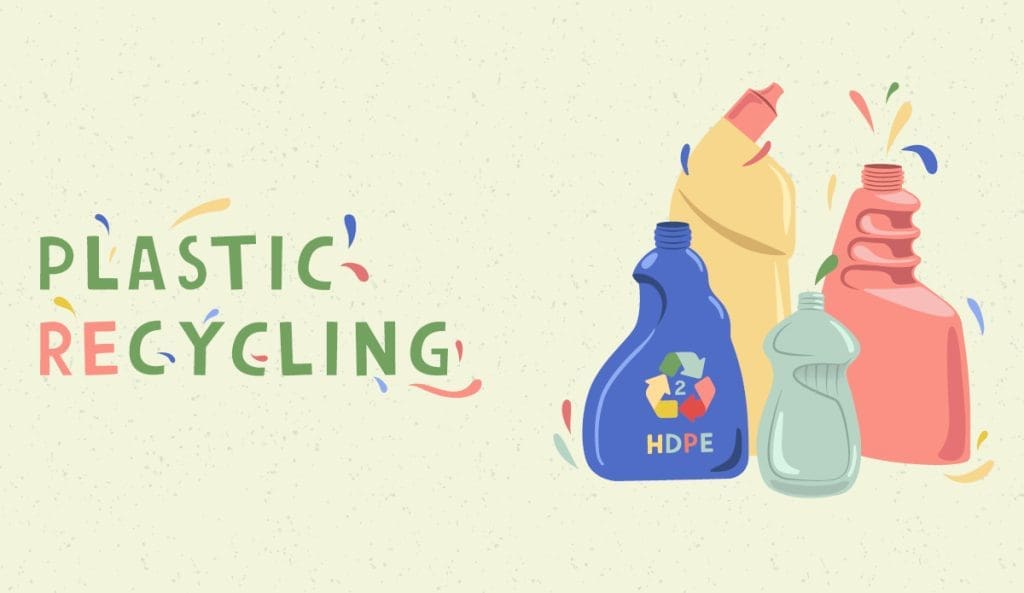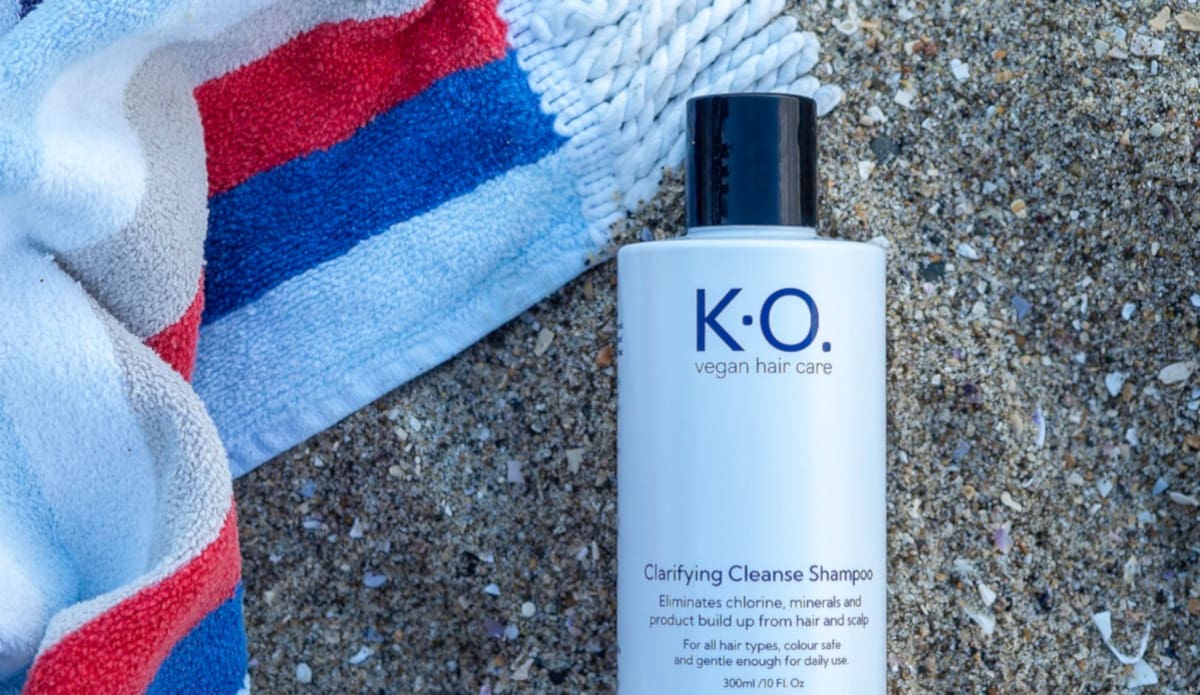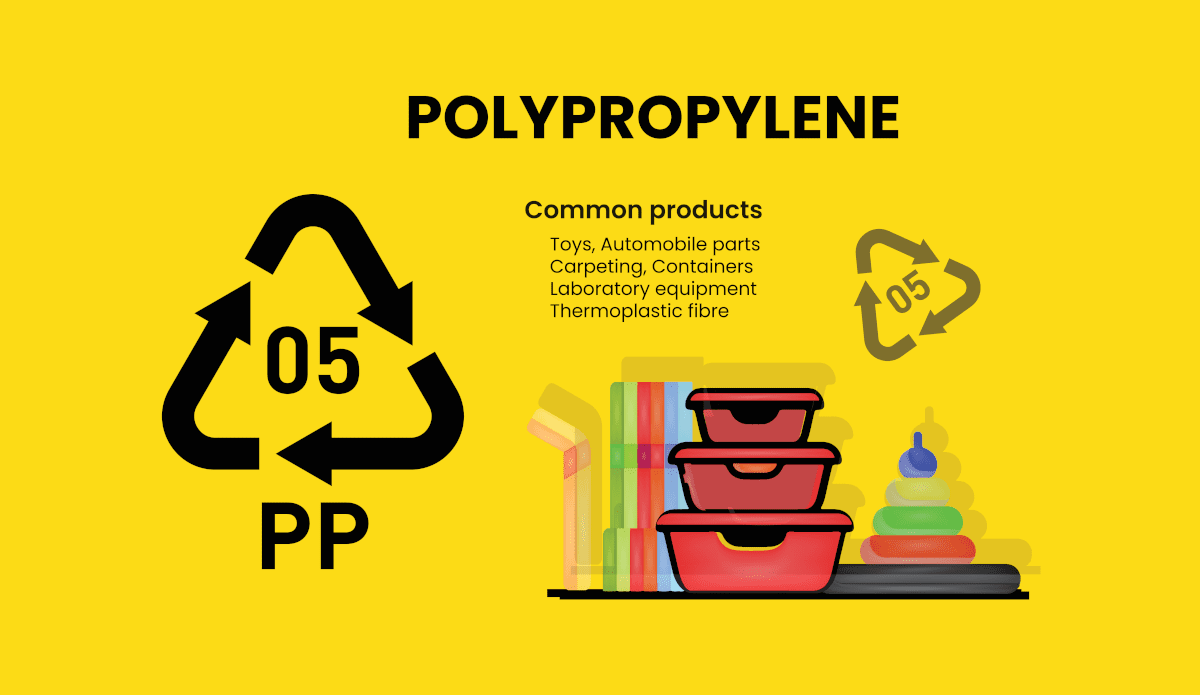- Home
- About
- Products
-
-
- Plastic Bottles
- HDPE Boston Bottles
- HDPE Dallas Bottles
- HDPE Flask Bottles
- HDPE Standard Bottles
- HDPE Wide Neck Bottles
- LDPE Boston & Standard Bottles
- LDPE Dallas Bottles
- LDPE Flask Bottles
- LDPE Squeezy Bottles
- PET Beverage Bottles
- PET Boston Fluted Bottles
- PET Cosmo Bottles
- PET Foaming Bottles
- PET Squeezy Bottles
- PET Standard Bottles
- Pumps
- Plastic Bottles
-
- News
- Contact
Understanding HDPE And Its Applications in Our Lives
- 8 August 2022
- By: Allison Davies

In our everyday lives, we often come across HDPE in various forms. There are good reasons why it has so many popular applications.
HDPE 2 brings together strength, economy and versatility, making it the ideal material for manufacturing in several industries
High Density Polyethylene, commonly abbreviated to HDPE, is a plastic material that is known for its high strength to density ratio. Created from petroleum, it is easily mouldable into a huge range of shapes, which makes it an excellent material to work with. You will often use objects that are made of HDPE in your daily life, including food and beverage containers, cosmetic bottles, and jerry cans.
HDPE is commonly available in a 300-grade material or a 500-grade. The higher number shows the plastic is more dense, performs better as a result, and it is also available in a wide range of colours. The (2) after HDPE refers to the way it is recycled. HDPE is highly recyclable, and it is also safe to re-use in the home.
What Makes HDPE Popular?
The range of applications that HDPE lends itself to is large because it is a food-safe industrial grade material. It is long lasting and quite low maintenance, making it an attractive option for manufacturing.
HDPE is Highly Malleable
HDPE is inherently malleable and can quickly be moulded into a variety of products. It is often crafted into containers, cosmetic bottles, plastic timber, and bottles for food and beverages. The high melting point of this material ensures it remains rigidly in shape at ordinary temperatures.
It Is Readily Recycled
A high-quality plastic, products made from HDPE (2) can be recycled at the end of their functional lives. Plastic recycling is an important measure that helps keep waste out of landfills. Being able to recycle this material into other functional objects also reduces the amount of plastic produced.
According to the international resin identification coding system (a system that helps sort different grades of plastic and indicates their recyclability) HDPE is marked at ‘2’. This indicates that it is a material that is easy, as well as cost-effective to recycle.
Europe’s leading manufacturer for temporary storage containers, ESE World, even conducted a test to understand the recyclability of HDPE . This test demonstrated that neither the plastic injection technique nor the shredding technique alters the properties of this material. So, it can be safely reused. According to this test, HDPE can be recycled at least ten times.
Robust and Hard Wearing
The density of HDPE is placed in a range between 0.93 and 0.97 g/cm3. If you look closely at the molecular structure of HDPE, you’ll see that it has a linear structure with very little branching. And this is what gives it a high tensile strength. It is this property of HDPE that allows containers made from it to safely carry heavy weights.
Common Applications of HDPE
There are several objects you are likely to come across in your daily lives that are made from HDPE.
Food and water containers: This type of durable plastic is safe to use to store edible products as it wont leach harmful chemicals into the food or water that it holds.
Toys: Thanks to it being a non-leaching and easily maintained material, HDPE is a popular choice for children’s toys as well. Several outdoor children’s toys are made from this as it also has UV resistant properties that prevent it from becoming discoloured and damaged from long hours of sun exposure.
Pipes and industrial applications: Specific pipe grade HDPE offers a clever solution for piping. When its UV resistance is combined with a high degree of strength, this becomes suitable for outdoor piping. Pipe grade HDPE sheets can withstand a wide range of temperatures and chemical interactions, so it’s often considered for industrial applications.
Containers for household solutions: Resistant to most chemicals, HDPE containers are able to safely hold household cleaning solutions, oils (including motor oil) and even as recycling bins. Pigmentation or colouring these containers only increases its strength.
What Are The Limitations Of HDPE?
Despite being a highly functional material in many ways, HDPE also has properties that render it unsuitable for certain situations.
- One of its properties that make it difficult to work with is its resistance to bonding with other materials. If, for instance, you’re using this material in piping, you will need to use specially welded joints to attach one piece with another as most forms of glue will be inefficient as bonding agents.
- While HDPE in its final form is safe and even, food safe, it is not necessarily so during the manufacturing process. The polyethylene resin can cause eye irritation, among other side effects, to those who aren’t properly geared up with safety equipment.
- HDPE is also a highly flammable substance and is considered to be prone to stress cracking.
- HDPE is also not resistant to oxidizing acids or to chlorinated hydrocarbons.
- Despite being very easily recycled, not all HDPE products are recycled.
Difference Between HDPE and PP (Polypropylene)
While both PP and HDPE are polymer compounds, HDPE is made using an ethylene monomer and PP is made from a propylene monomer. The difference can be noted at a molecular level based on how these different monomers bind with one another.
The resultant differences are that HDPE is less transparent than PP, it has a higher density than PP and cannot withstand autoclaving conditions as well as PP can.
Overall, HDPE (2) is an incredibly versatile plastic. Because it’s readily recycled, and resistant to leaching, it’s an easy choice for many food, toy, and industrial applications.
More News
One of the most common plastics in the world, polypropylene (PP) is highly versatile, durable, safe, and perfect for food packaging.
What makes LDPE an attractive material for manufacturers and consumers alike? Here are few key properties that make this material a viable prospect.



